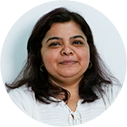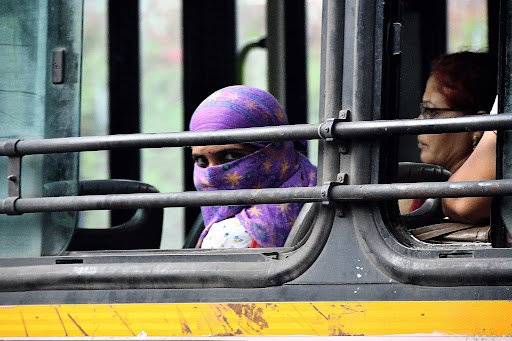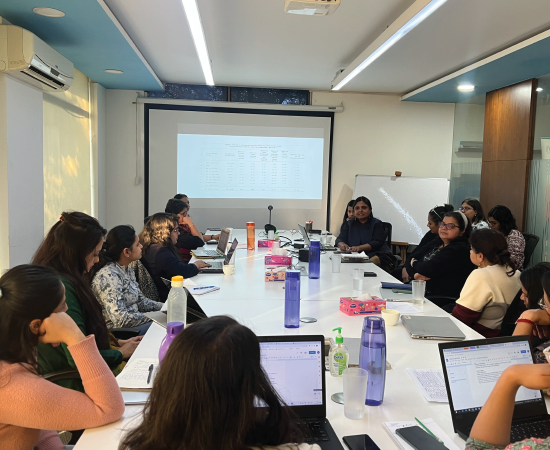Moumita Sarkar

Moumita Sarkar
Senior Policy and Program Manager
Ms.Sarkar has an undergraduate degree in Chemistry (H) from University of Calcutta followed by a Post Graduation degree in Rural Development and Management from University of Kalyani, West Bengal. She has also won the Mathematics Olympiad.
She has an experience of twelve years in programme management, research, training and advocacy with national and international organizations like Ministry of Rural Development (Govt.of India), UN Women, UNDP, J-PAL and CInI (TATA Trust). Her core areas include Livelihoods and Gender.
In the recent past, she has been instrumental in drafting policy documents under the guidance of the Additional Secretary and Joint Secretary of MoRD, commissioned MGNREGS action research studies to provide gender responsive recommendations based on field findings and actively engaged with the DAY NRLM team to draft the gender protocol at NIRD&PR. AS UN Volunteer she has taken the lead in preparing teaching material for three months certificate course on Livelihood Planning and Supply Chain Management in Chhattisgarh SIRD adopting a case based training model. She also undertook qualitative research studies to review the Read India programme outcomes in Bihar.
She has been invited by various institutions like IIPA, VVGNLI, NIRD&PR, Bhartiya Vidyapeeth College of Nursing (Pune), Bengal National Chamber of Commerce & Industry to deliver session on Gender.
She will be based at IWAAGE, Delhi office.





















































